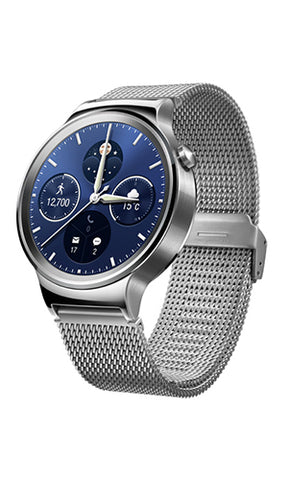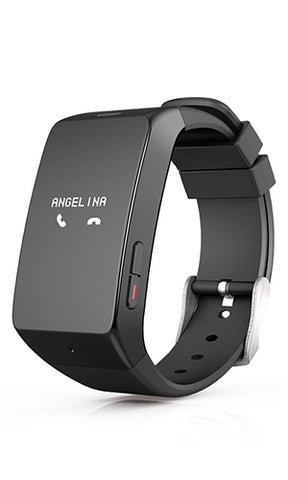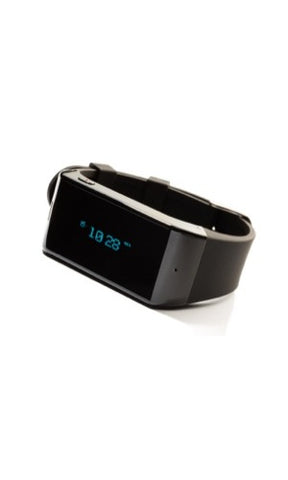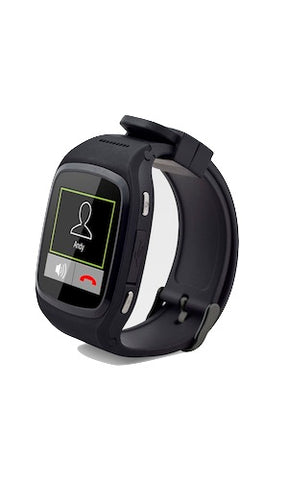3 issues to be addressed before Google Glass takes off in the operating room
Written By
Wearables.com
Step aside, stethoscope. Google Glass is slowly gaining ground as a universal tool in healthcare. Although Google put the Glass Explorer program on hold in January, the wearable technology still holds great potential in medical settings.
As Google gears up for Google Glass 2.0, medical professionals continue to report success incorporating the technology into healthcare practices, at least on a limited basis. For instance, two physicians wrote in the March 2015 issue of Plastic and Reconstructive Surgery, the medical journal of the American Society of Plastic Surgeons, that they’d used Google Glass during eyelid surgery and found the technology “very promising.”
Capabilities of the Google Glass gadget — featuring a head-mounted display and built-in camera — include streaming audio and video, high-resolution photos, data storage, and Bluetooth connectivity.
For the time being, a handful of key issues are hampering broad adoption of Google Glass in the healthcare sector — issues which must be tackled before use of Google Glass in the medical arena comes into clearer focus.
Hardware must be improved
Medical and technology experts cite weak battery life, poor audio quality, and communication cut-offs during videoconferencing as some of the drawbacks of Google Glass.
Dr. Paul Szotek, an Indiana surgeon who founded the WATCH (Wearable Tech in Health Care) Society, ticks off several hardware changes he’d like to see, such as:
- The angle of the Google Glass lens needs to be adjustable
The battery length needs to be upgraded - The Wi-Fi stability needs to be improved
- The processor needs to be adjusted to prevent overheating and boost efficiency
- The camera needs the ability to zoom digitally and optically
Despite the current hardware shortcomings, experts are optimistic about the potential of Google Glass.
In fact, Kyle Ellicott, founder and chief technology officer at Wearable World, a promoter of wearables entrepreneurship, says he thinks Google Glass will shine in one particular area of health care — telemedicine.
“It opens up the opportunity to have medical professionals working together all around the world sharing their knowledge to help patients,” Ellicott says.
He offers this an example: A Google Glass-wearing doctor at the Mayo Clinic in Minnesota gives step-by-step directions to a doctor in Honduras about fixing an ACL tear in a patient’s knee.
Apps must be developed
Szotek says a whole host of healthcare-related apps will be required for Google Glass to bolster the device’s functionality — but not before the hardware is enhanced.
“The hardware has to reach a point of wide adoption and stability before too many apps are made, because otherwise they will need to be redone,” he says.
Several Google Glass apps for medical settings already are available. For instance, Philips Healthcare’s IntelliVue Solutions app allows a doctor performing surgery to monitor a patient’s vital signs and react to changes, without diverting attention from the procedure or patient.
Meanwhile, Beth Israel Deaconess Medical Center in Boston has come up with a Google Glass app that enables a Google Glass-wearing doctor to enter an ER and scan a QR code on the wall to electronically retrieve and review a patient’s information.
Privacy issues must be addressed
Dr. Oliver Muensterer, a pediatric surgeon, says Google Glass — which he’s tested in the operating room and other medical settings — raises some red flags regarding patient privacy because the device connects to the Internet via Wi-Fi and, therefore, the data flows through Google’s servers.
“It would be great if an encrypted version of Glass were available in the future for medical use, including the exclusive streaming to secure servers,” Muensterer said.
According to the Kaiser Permanente Center for Total Health, information collected through Google Glass isn’t encrypted and doesn’t comply with federal Health Insurance Portability and Accountability Act (HIPAA).
Szotek acknowledges concerns over data privacy but says the issue is being resolved with development of a stripped-down Google Glass that’s a “glorified camera” yet is more secure than a smartphone.
In general, a Google Glass platform that can handle big chunks of healthcare data from various sources, both professional and consumer, and can allow integration with other devices “is a huge prerequisite” for widespread use of Glass in medical settings, says Hans Notenboom, head of digital marketing at Philips Healthcare Informatics Solutions and Services.
Tech companies are coming up with fixes, though. For instance, Austin, Texas-based startup Pristine has developed EyeSight, an app providing HIPAA-compliant streaming of audio and video streaming across an array of platforms, including Google Glass.
“We understand that security is paramount. There is a lot of misinformation about Glass and privacy out in the wild,” wrote Kyle Samani, cofounder and CEO of Pristine. “We have gone the extra mile to guarantee security and control for our clients.”
Thus when and only when the issues spanning across privacy, design, and development are addressed can Google Glass become a standard medical tool in offices and operating rooms around the world.
The post 3 issues to be addressed before Google Glass takes off in the operating room appeared first on Wearables.com.
Tags: Augmented Reality Glasses, Featured Items, google, HUD Glasses, Medical, Smart Glasses




